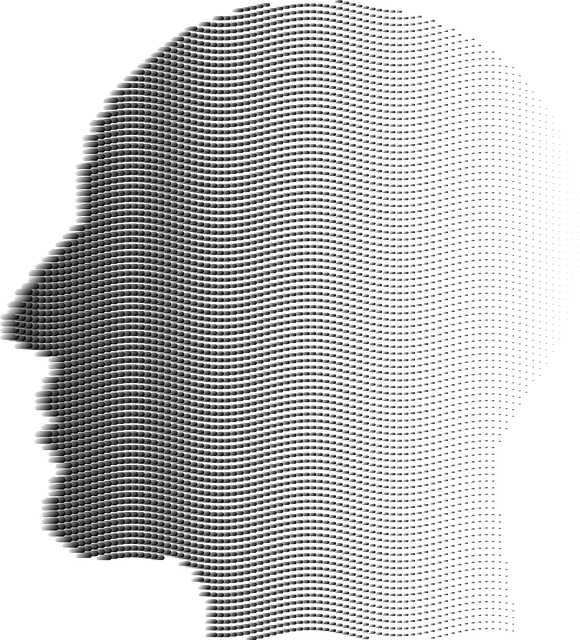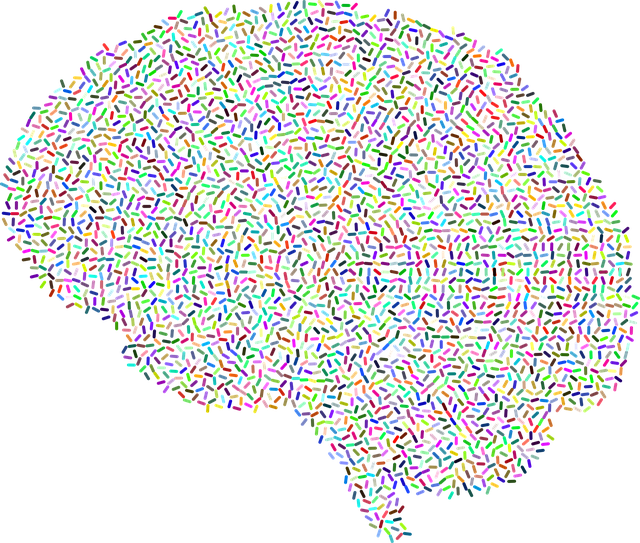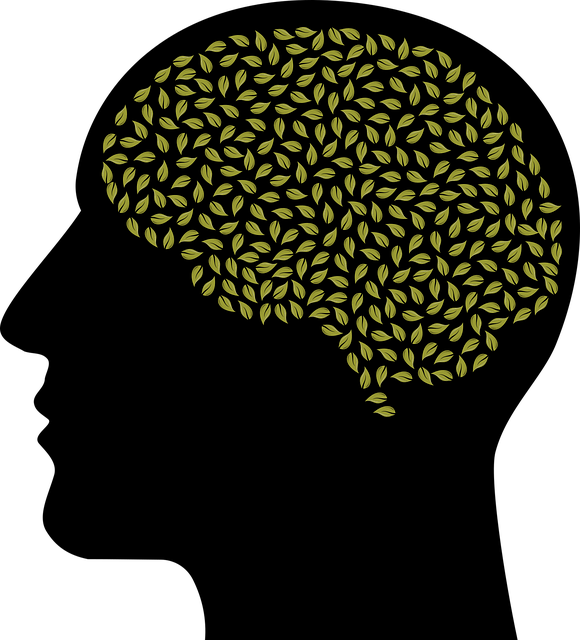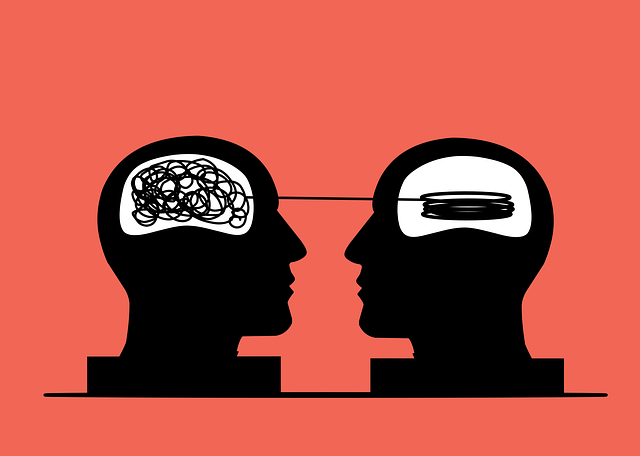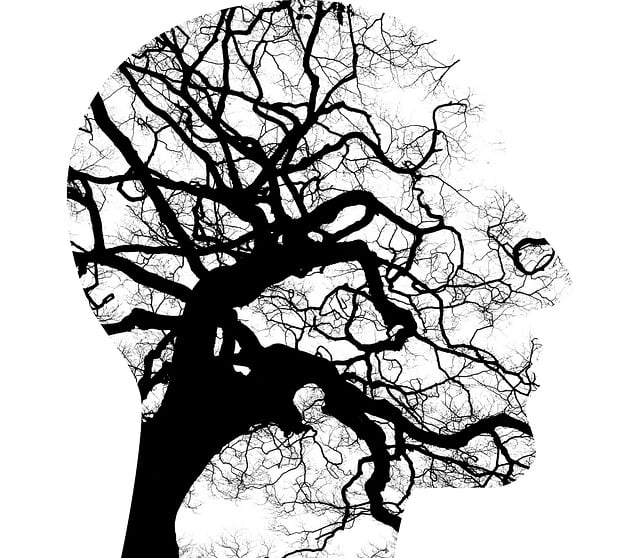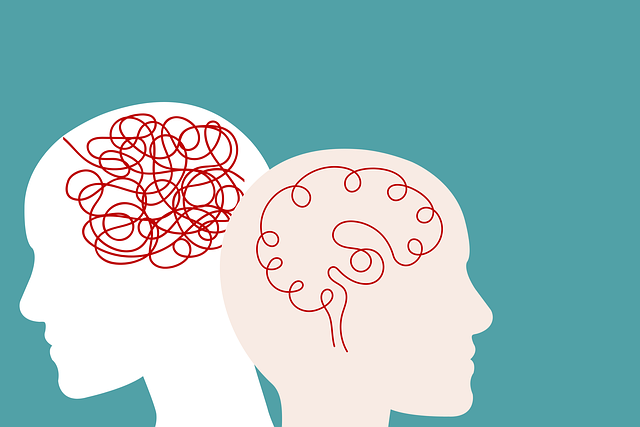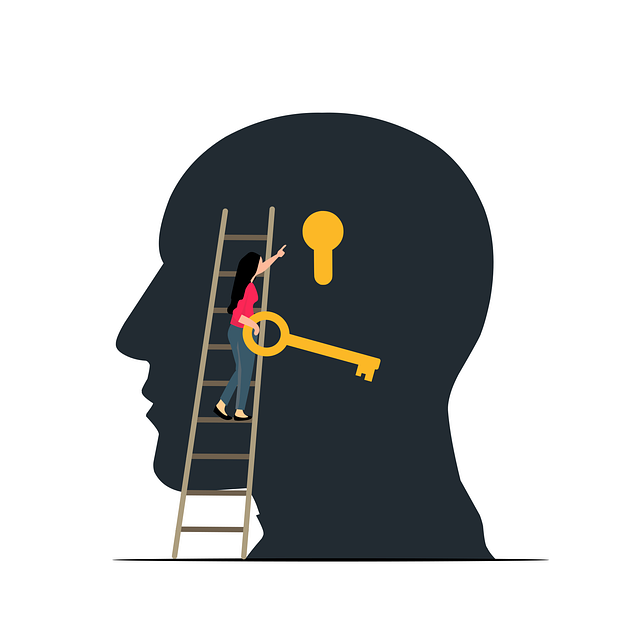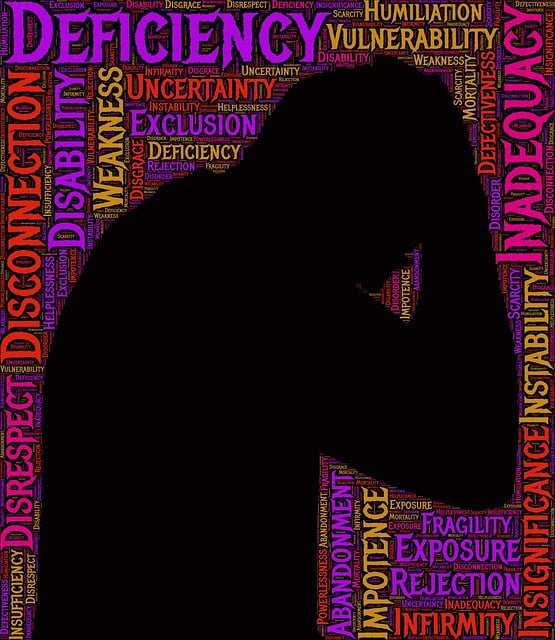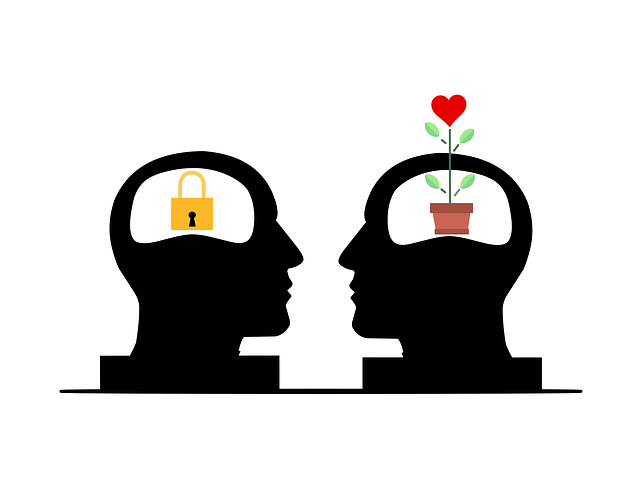Mental wellness apps providing Arvada Functional Neurological Disorder (AFND) therapy are innovative tools for home-based self-care. They offer affordable, convenient access to evidence-based strategies like mindfulness, CBT, and relaxation techniques, empowering users with coping mechanisms and tracking progress. Developers targeting AFND must identify specific user groups and incorporate burnout prevention for healthcare providers. Key features include customizable mood tracking, goal setting, mindfulness exercises, CBT education, and social connection through secure forums. A successful app requires strategic design focusing on accessibility, usability, and privacy, coupled with continuous improvement based on evidence and user feedback.
In today’s digital age, mental wellness apps are transforming lives, especially those seeking tailored support for conditions like Arvada Functional Neurological Disorder Therapy (AFNDT). This article explores the burgeoning world of mental health app development, delving into key aspects such as understanding user needs, identifying target audiences, essential app features, and design considerations. By examining these components, we aim to highlight effective strategies for creating impactful tools that enhance AFNDT therapy outcomes.
- Understanding Mental Wellness Apps and Their Impact
- Identifying the Target Audience for Arvada Functional Neurological Disorder Therapy
- Key Features to Include in a Mental Wellness App
- Development Process and Considerations for Effective App Design
Understanding Mental Wellness Apps and Their Impact

Mental wellness apps have emerged as powerful tools in promoting self-care practices and emotional well-being promotion techniques. These applications leverage technology to provide accessible Arvada functional neurological disorder therapy, catering to a wide range of mental health needs. By integrating evidence-based strategies, such as mindfulness exercises, cognitive behavioral therapy (CBT), and relaxation techniques, these apps offer personalized emotional healing processes for users from the comfort of their homes.
The impact of mental wellness apps is profound, offering individuals an affordable and convenient alternative to traditional therapy. They empower users with coping mechanisms, track progress over time, and facilitate connections with support communities. With a focus on accessibility and discretion, these apps are transforming how we approach emotional healing, making professional-level care more accessible than ever before.
Identifying the Target Audience for Arvada Functional Neurological Disorder Therapy

Arvada Functional Neurological Disorder Therapy aims to provide specialized support for individuals dealing with neurological conditions that impact daily functioning and mental wellness. To effectively serve this audience, developers must pinpoint specific groups within the broader population who stand to benefit most from such an app. The target audience could include people diagnosed with conditions like traumatic brain injuries, post-traumatic stress disorder (PTSD), or chronic migraines, which often require tailored interventions for symptom management and recovery.
Furthermore, considering the demanding nature of healthcare professions, burnout prevention strategies for healthcare providers are a crucial aspect to incorporate. Anxiety relief and crisis intervention guidance can be valuable features for individuals in high-stress jobs, helping them manage work-related mental health challenges. By understanding these diverse needs, developers can create an app that caters to a niche market, offering personalized tools and resources for improved mental wellness.
Key Features to Include in a Mental Wellness App

A mental wellness app can be a powerful tool for promoting resilience building and emotional healing processes, especially when tailored to address specific needs like Arvada functional neurological disorder therapy. To create an effective app, developers should prioritize key features that support users’ mental health journeys. Firstly, include a customizable dashboard where users can track their mood management over time, setting personal goals and receiving tailored recommendations based on their progress.
Integrate mindfulness exercises, such as guided meditation and breathing techniques, to help reduce stress and anxiety, while also offering educational content on topics like cognitive behavioral therapy (CBT) strategies for managing symptoms of functional neurological disorders. Additionally, facilitate social connection through secure forums or chat groups where users can share experiences and support each other, fostering a sense of community and collective resilience.
Development Process and Considerations for Effective App Design

The development process for a mental wellness app, such as one offering Arvada Functional Neurological Disorder Therapy, involves several key considerations for effective design. Firstly, understanding the specific needs and challenges that users face is paramount. This includes conducting thorough market research to identify gaps in existing solutions and gathering feedback from potential users, especially those dealing with conditions like burnout prevention strategies for healthcare providers. Incorporating user-centric features ensures an app that fosters emotional healing processes through tailored interventions and personalized experiences.
Secondly, the design should prioritize accessibility, usability, and privacy. A well-structured interface, intuitive navigation, and clear instructions are essential to engage users consistently. Additionally, robust data security measures and transparent handling of user information build trust, which is crucial for sensitive mental health applications. Incorporating evidence-based therapies and incorporating feedback loops allows for continuous improvement, ensuring the app remains relevant and effective in addressing various mental wellness concerns.
Mental wellness apps, like Arvada Functional Neurological Disorder Therapy, are transforming access to support. By understanding user needs, targeting specific audiences, and incorporating key features like personalized tracking and evidence-based practices, developers can create powerful tools that enhance mental health outcomes. The development process requires careful consideration of design, functionality, and ethical considerations to ensure apps are effective, engaging, and ultimately beneficial for users on their journeys towards well-being.

